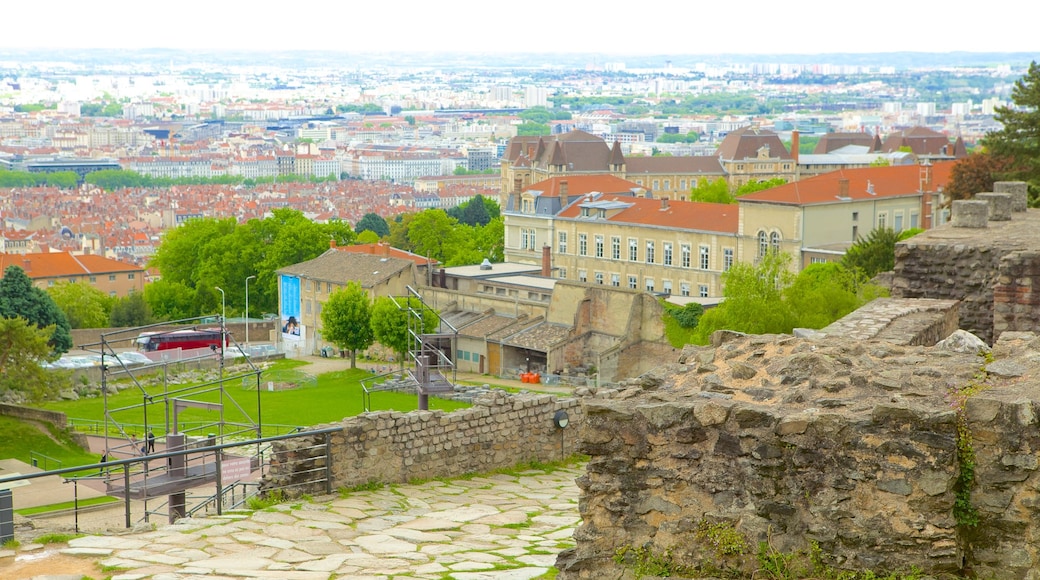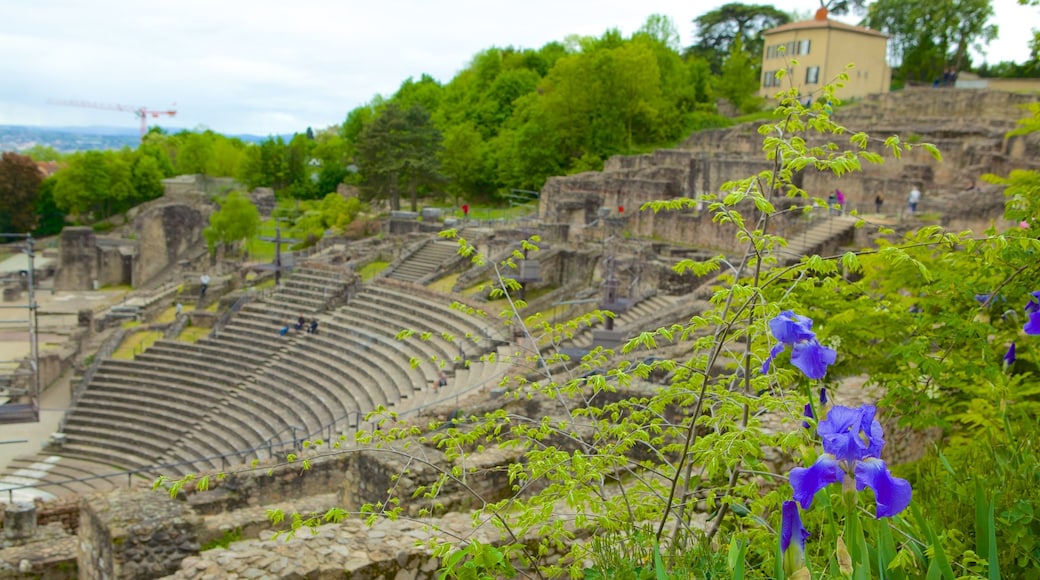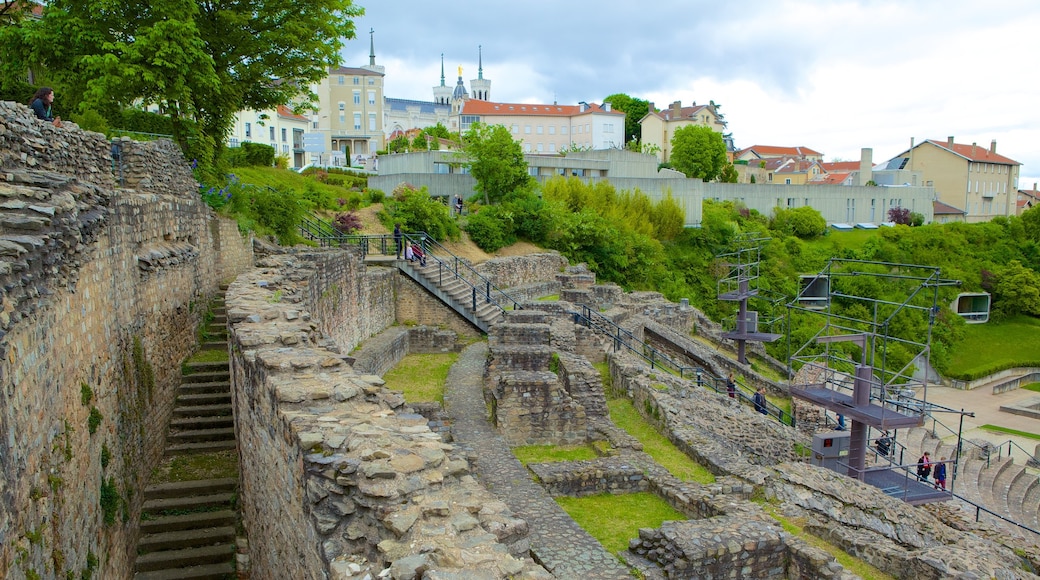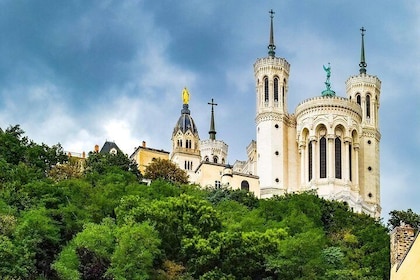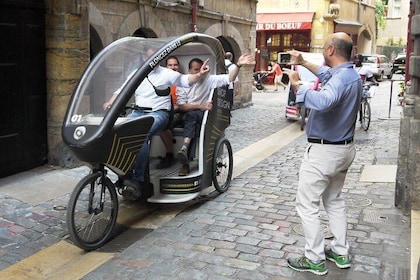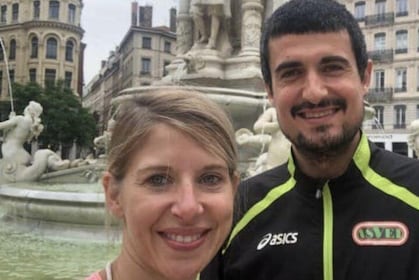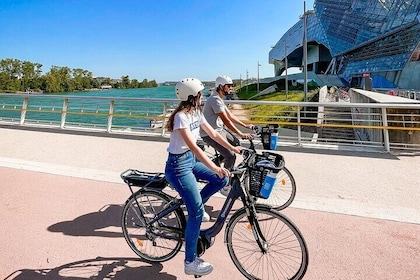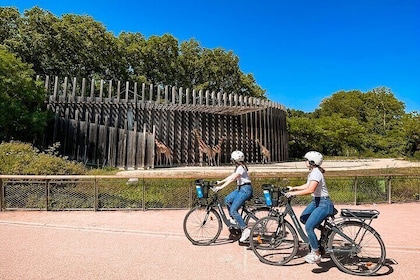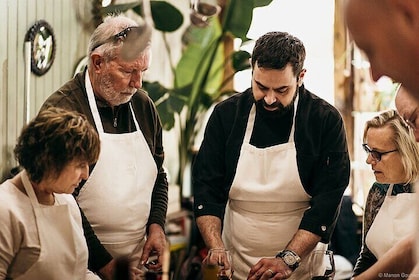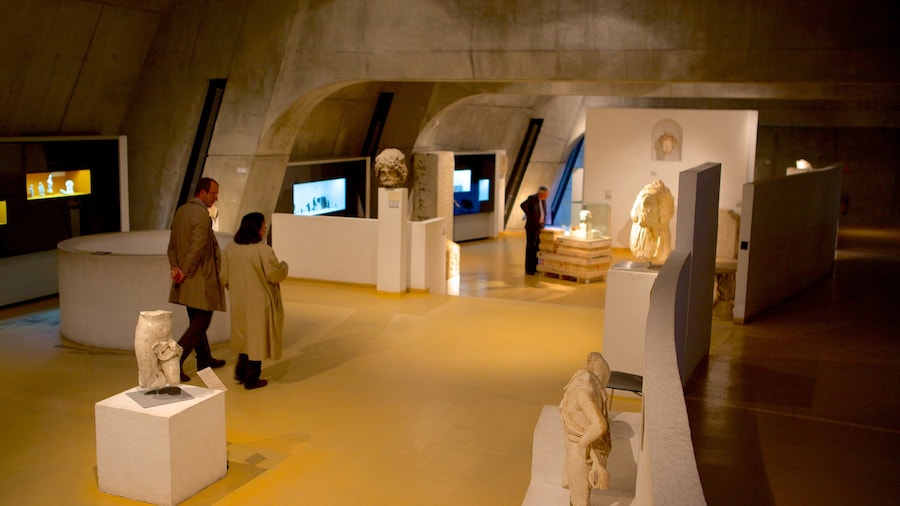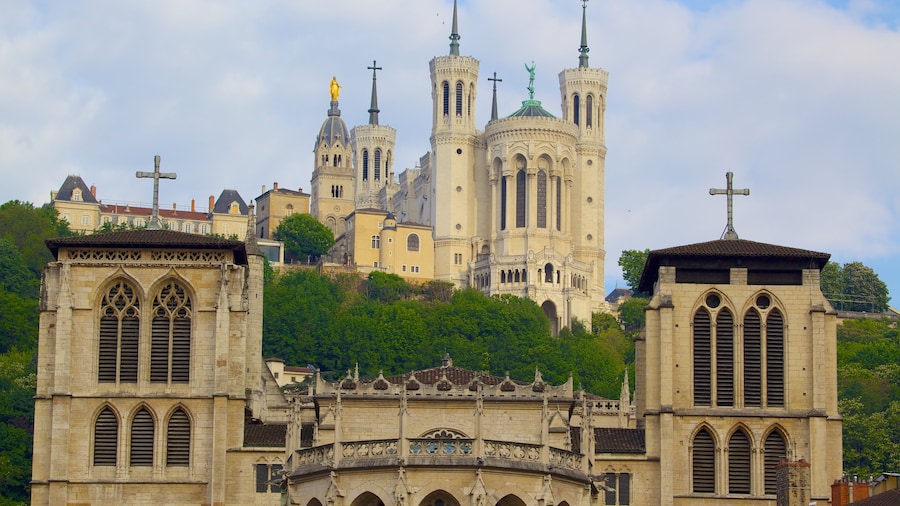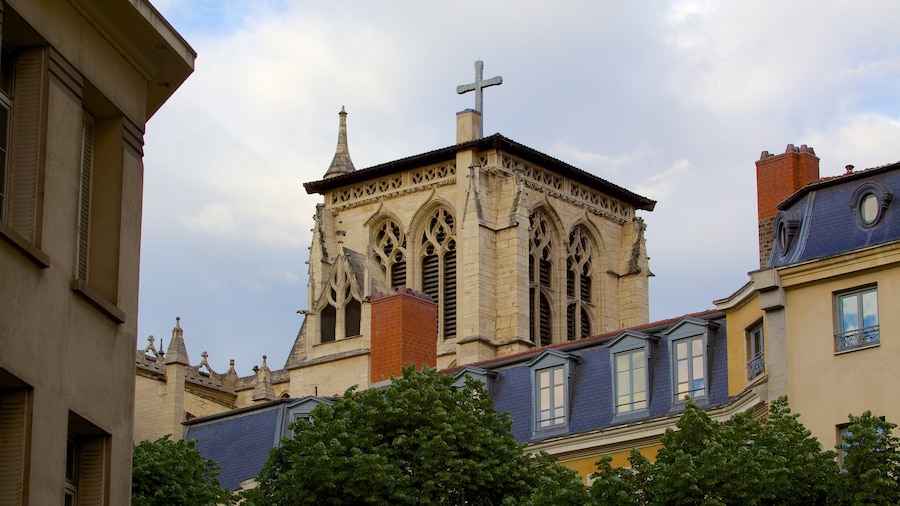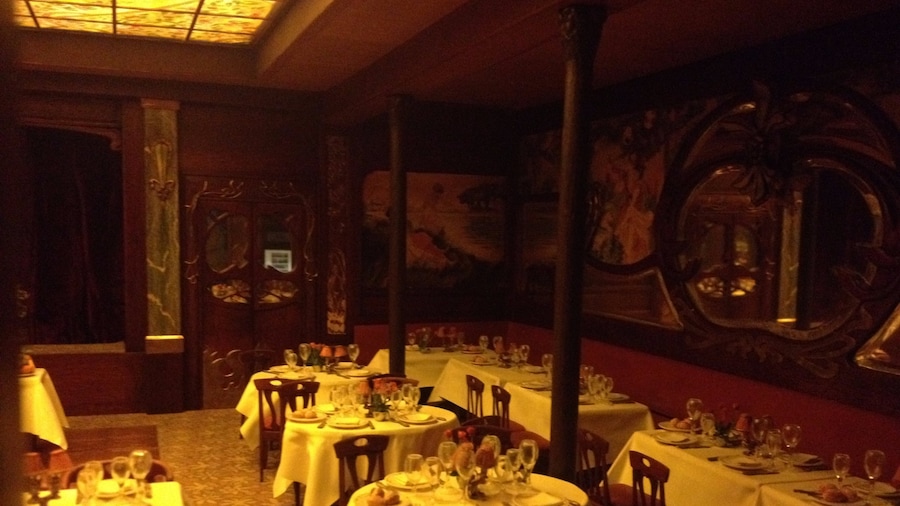Climb to the top of Fourvière hill, where the Théâtres Romains de Fourvière (Roman Theatres of Fourvière) looks down upon the city of Lyon. It is part of a UNESCO site with three fascinating ancient structures providing an opportunity to gain insight into Roman life in the region.
The theater was built from the 17th to the 15th centuries B.C. by order of Augustus and could hold about 4,700 spectators. It was later enlarged under Hadrian in the 2nd century. In subsequent centuries, the ancient complex fell into decline and ruin. Following excavations in the 20th century, the theater was restored. Now visit to enjoy cultural events, including concerts, operas and dance recitals.
As you enter the Roman complex, imagine the events that would have been held here in ancient times, including gladiatorial fights, poetry readings and tragedies. Visit the main theater where you’ll be struck by the scale of the site. During the height of its use, it was able to host 10,000 spectators.
Investigate the smaller Odeon theater too, where poets and musicians showcased their new works to members of the Roman elite. Look for remnants of the original rich design, including inlaid geometric marble mosaics and porphyry on the orchestra floor. This Odeon is one of only two Roman theaters of its kind in France. The other example is located in Vienne.
Don’t miss the third and final structure within the complex. Located behind the main theater are the remnants of a Roman temple, which was dedicated to the goddess of nature and fertility, Cybele.
While you’re at the top of Fourvière hill, complement your Roman knowledge with a visit to the nearby Musées Gallo-Romains, which houses a collection of remarkable ancient artifacts, including coins, statues and ceramics.
During summer, the theater hosts an eclectic series of annual live performances as part of the Fourvière Nights festivals. Purchase tickets in advance.
To get to the Roman Theatres, walk up the pathways of Fourvière hill or take the funicular from the Vieux Lyon metro station. The ruins are free to enter and are open Tuesday through Sunday.
